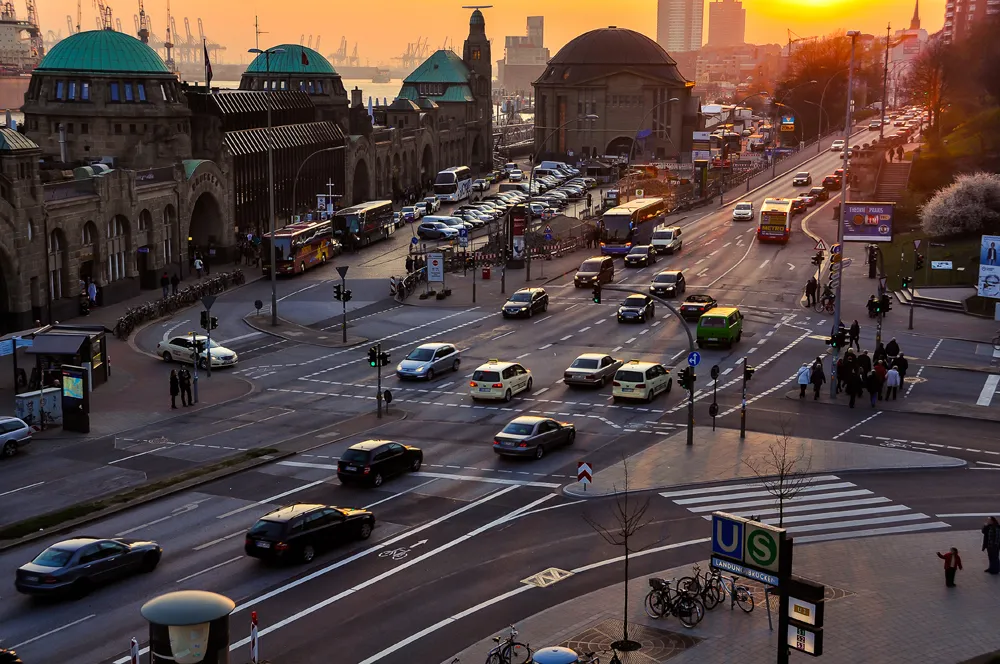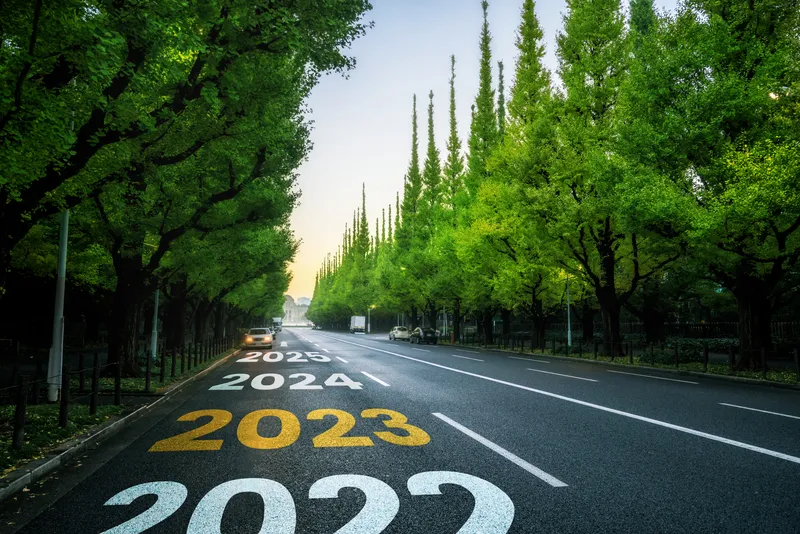
The pandemic, lockdowns and economic fallout threw into stark relief the inadequacies of systems and processes around the world. As more and more organisations look to digital tech to transform their operations, the global ITS community is also seizing the moment: capitalising on projects under way and bringing new ideas and innovations into the spotlight.
‘Reshaping the future of transportation’ was discussed at the latest Ertico-ITS Europe webinar, focusing on the real-life developments and solutions to be showcased at the ITS World Congress in Hamburg in October.
“This will be one of Europe’s largest face-to-face events for quite some time,” says Lisa Boch-Andersen, Ertico director of communications and events.
“Contributions from the ITS community will be showcased in 180 technical sessions, alongside high-level plenaries and executive presentations, three regional forums, 45 demonstrations, and 20 technical visits. And for the first time this year, we will have two global forums. As usual, an innovative start-up programme focused on matchmaking will form part of the programme. Of course, the most important element is people – that’s what ITS is all about. Registration is open and we hope to see you there: the World Congress is for the ITS community by the ITS community.”
A sea change in mobility policy
“Visitors to Hamburg will experience many real-life aspects of future mobility – this is a place where mobility transition is actively showcased,” says Martin Huber, director general transport, Ministry of Transport and Mobility Transition, Free and Hanseatic City of Hamburg.
“As a city we are working to prevent climate change. We are working for mobility for people, not for cars. And we are working for safe, clean and sustainable mobility.”
City tours will include ‘Hamburg Sets The Pace’, looking at multimodal customer-centric solutions; ‘Digitising Urban Traffic’ for connected vehicles, traffic flows and safety; the ‘Logistics Experience’ taking in port and freight; and ‘Future Rail Experience’ with “a Siemens-developed automated system that provides a blueprint for the future configuration of all German rail”, Huber says.
Integrated efforts to mitigate global challenges
“We are developing innovative transport systems in Japan as part of integrated efforts to mitigate global challenges,” says Takahiko Barada, senior vice president, ITS Japan.
“This means working towards carbon-neutral solutions, enabling digital transformation for sustainable development, and looking at wellbeing and equity in society.”
In the face of challenges and demands including an ageing population, industrial competition, global warming and rebuilding post-Covid, efforts to ‘revitalise society’ are closely related to how people behave.
Barada adds: “More accessible, efficient and sustainable mobility can remove barriers and make a significant contribution to transforming our society. The more that transformation is integrated, the more that collaboration amongst diverse stakeholders is needed. We’re reaching out across different industrial sectors, jurisdictions and academic disciplines.”
The Japan Pavilion at the World Congress will reflect the breadth of these collaborations across the public and private sector.
Working together in the Here and now
Carsten Hurasky, vice president – industry solutions at Here Technologies and ITS World Congress partner, agrees that collaboration and strong policymaking are the key. “Here helps organisations to solve business problems by using location intelligence,” Hurasky says.
“For example, helping Cabonline, the largest taxi provider in the Nordics, to stay competitive through reduced prices based on faster ETAs. Unique routing enables them to overtake traffic and take short cuts through city centres.”
He says changes in policies and regulations bring new opportunities to collaborate: “Nobody can solve the challenge of connecting all transport modes to achieve greener travel alone. Our work with Transport for London and Bosch is just one example of a successful collaboration.”
TfL was tasked with reducing London’s environmental footprint by encouraging more people to walk, cycle and use public transport. “Traffic probe data from our marketplace is combined with data from Bosch air quality meters to understand the impact of traffic, congestion, speed and start-stop on air quality,” Hurasky says.
Bring back better: equitable, accessible and inclusive transport
Carol Schweiger, president of Schweiger Consulting, speaking on behalf of ITS America, echoes the priorities of Martin Huber and Takahiko Barada: “The challenges facing transportation in the US and worldwide can be summarised in three words: safer, greener and smarter. We need to ensure the safety and continuity of the transportation system, address environmental impacts, and ensure services are equitable, accessible and inclusive.”
She believes ITS can and should play an integral role in post-Covid economic recovery. “There is a need to rely on an improved system to ‘bring back better’ – economies can be revitalised without going back to the problems associated with pre-pandemic transportation,” Schweiger says, adding that ITS-enhanced infrastructure has already been proven to improve roadway safety and reduce pollution.

“Automation, AI and machine learning can all contribute to improved mobility but there may also be barriers to using ITS-enabled services for specific populations. We not only need to ensure all travellers have access to services but also consider policy to overcome barriers. For instance, individuals who do not have smartphones, credit card or bank account.”
In one example, Schweiger noted, the US Department of Transportation has created The Complete Trip – ITS4US Deployment Program, a $40 million multimodal effort to provide more efficient, affordable and accessible transportation options for under-served communities.
Making it real: future mobility now
“The global ITS community is coming together in Hamburg to demonstrate that the future is now,” says Dr. Johanna Tzanidaki, Ertico director of innovation and deployment. “The community is aware we need to change the future and we are taking action.”
In addition to the pandemic, recognition of the climate emergency is helping to accelerate long-awaited changes: “Decision makers have been discussing the dangers for years, even decades. In 2018 and 2019 transport accounted for more than one-fifth of greenhouse gas emissions, most generated by road transport. The European Commission’s Green Deal set ambitious climate-neutral targets and the ITS sector has followed suit, as we will see in Special Interest Sessions at the World Congress.”
Another driver is the understanding in both the private and public sectors of the need to co-operate on policies and operations. “Connected Cooperative and Automated Mobility will be another important topic discussed, as well as Interactive Traffic Management – a concept Ertico has worked on since 2014 – and making sure we are addressing the needs of cities, public authorities and citizens in mobility, rather than mobility itself setting the pace,” she adds.
“This World Congress comes after a difficult and very different year,” Dr. Tzanidaki concludes. “We want to give people hard facts rather than promises; this is not about plans and research but about showcasing the reality of ITS innovations now. We are busy reshaping the future of mobility into a liveable, safe and affordable world – it’s an exciting time to be part of the ITS community.”
- ITS World Congress 2021 takes place in Hamburg on 11-15 October
- To register, go to: www.itsworldcongress.com/registration-fees
- For registration queries, telephone +32 2 320 0000 or email [email protected]








